To some it may come as a surprise that an artist might have soldierly inclinations or that a soldier might also be artistic. This is the story of a very unusual group of men who, not only combined these two seemingly contradictory skills, but were also proficient at both. Indeed, a later generation of these men was to play a significant part in the First World War.
In the late 1850s there was genuine concern in this country about the military intentions of the French. Napoleon III had come to power following a coup d’état in 1851 and comparisons were being made between the French standing army of about 400,000 men and the British Army of just over 153,000, of which only 42,000 were effective and in Britain.
Following lessons learnt during the Crimean War, the prompt French action to replace their wooden warships with ironclad ones and the concern shown about the increased strength of the fortifications at Cherbourg contributed to the general unease.
Among the young men in London who were seized with patriotic emotion by the perceived threat of a French invasion was a student at Cary’s School of Art in Bloomsbury, Edward Coningham Sterling. In 1859 he called a meeting of fellow members of his life class with a view to forming a volunteer group to join one of the new volunteer companies which were being created. The initial results were disappointing, however, word got around the artistic community and in early 1860, at a second meeting, 119 men signed up and formed a corps of painters, sculptors, engravers, musicians, architects and actors.
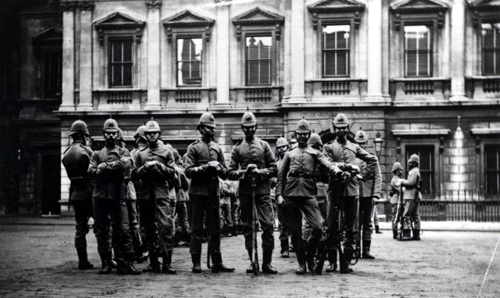
This new unit was named the 38th Middlesex Volunteer Rifle Corps (Artists). Towards the end of 1860 its official headquarters was established at Burlington House, the new home of the Royal Academy. Drill was performed daily in the gardens at the rear of the building from 7 to 9am and weapon training from 4 to 7pm. The commitment was heavy with Saturdays taken up in drill, route marches and sham skirmishing. William Blake Richmond R.A. remembered that:
“…men really in earnest managed to get in their seven or eight hours’ work of painting besides their patriotic duty, and the latter told wonderfully upon the health of us all – never was I so well and full of energy.”
Recruits had to be at least 5’ 3” tall with a chest measurement of 32” or more. They had to buy their own kit (including uniform at £3 8s 4d), pay an entrance fee of half a guinea and an annual subscription of one guinea. Volunteers were expected to attend at least eight drills each month. The Artists decided on a pale grey uniform and chose as their badge the heads of Mars and Minerva signifying War, Wisdom and the Arts. The badge was designed by an Artist, J.W. Wyon, Engraver to the Signet. In 1868, owing to building changes at Burlington House, the Corps moved to the Arts Club, then in Hanover Square.
Who, then, made up this new born corps? The early enrolment registers show a preponderance of painters, ranging in age from the early 20s to the mid-40s. Many were already showing signs of a successful career:
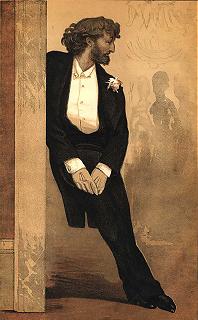
Frederic Leighton was a man of great dynamism and many abilities. Fluent in his teens in French, Italian and German and destined originally to be a doctor like his father he showed early promise as an artist. He trained initially on the continent, firstly in Frankfurt and then in Rome. He mixed happily with Roman high society and with the ever-growing circle of English visitors and expatriates and was an accomplished dancer.
“I don’t know what he is like as a painter,” said a girl with whom he had danced, “but I know he is the best waltzer in Rome.”
William Holman Hunt, Dante Gabriel Rossetti, John Everett Millais and Thomas Woolner were founding members of the Pre-Raphaelite Brotherhood. George Frederic Watts had already won a prize for the decoration of the Houses of Parliament in 1843, and was just beginning to come into the public eye.
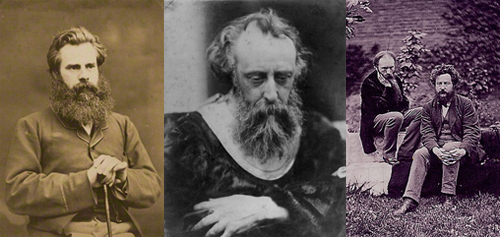
William Morris was on the verge of forming Morris & Co with fellow volunteers Edward Burne-Jones, Ford Madox Brown and Rossetti amongst the firm’s founders. John Ruskin, an Honorary member, was the most influential art critic of his time as well as being a talented water-colourist.

Arthur James Lewis was No 2 on the first enrolment register of 10th May 1860. An amateur artist and a haberdasher and silk merchant, of the firm of Lewis and Allenby, he was wealthy and very well connected. It was said of him:
“No man had a wider acquaintance with artists than he. He was the companion and friend of all the painters of his time…”
Throughout the 1860s he held musical evenings at his rooms in Jermyn Street, and later at Moray Lodge his large house in Kensington. Here, up to 150 lovers of the arts would gather to discuss the arts, smoke and sing popular songs.
The singers were known as The Moray Minstrels and included many others who became members of The Artists Rifles – John Leech and Charles Keene (the Punch cartoonists), Field Talfourd (an artist), most of the St John’s Wood Clique of artists and Frederick Walker who produced many of the invitations were keen members. Charles Perugini was also a regular attender. He was to have a successful career as an artist and was an enthusiastic volunteer, being later commissioned into the Corps.

Other regular attenders, but non-members of The Artists Rifles, were the composer Arthur Sullivan; the writers Anthony Trollope, Charles Dickens and Wilkie Collins; the Alice and Wonderland illustrator John Tenniel and the Punch cartoonist George du Maurier. Edward, Prince of Wales would also occasionally attend as would various members of the House of Lords. It would be fair to say that most of London’s artistic community either met at these occasions or had contacts with those who did and that The Artists Rifles was at its centre.
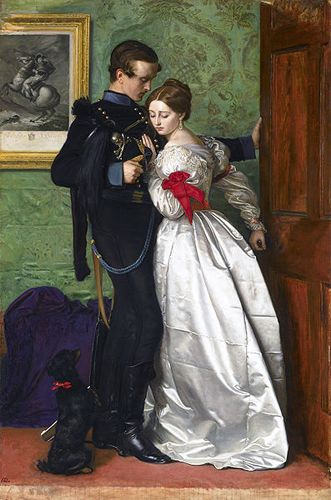
Perugini’s wife, Kate, was the daughter of Charles Dickens and the model for the young woman in Millais’s famous painting ‘The Black Brunswicker’, Marriage linked other members, as Lewis married the actress Kate Terry in 1867, whose sister, the famous Ellen, was briefly married to George Frederic Watts.

Valentine (‘Val’) Prinsep was another keen volunteer, eventually being promoted to senior Major. His parents had leased Little Holland House, in Kensington, where they lived next door to G.F. Watts in a house built by Frederick Pepys Cockerell (both members of The Artists Rifles). The Prinseps made the house a haven for artists and writers, including Thackeray, Tennyson, Browning, Trollope, Edward Burne-Jones and Dante Gabriel Rossetti.
Prinsep’s mother was the sister of pioneering photographer Julia Margaret Cameron (and incidentally the grandmother of Virginia Woolf and Vanessa Bell).
Julia Margaret Cameron acknowledged David Wilkie Wynfield (yet another member of the Corps) as the main influence on her own work, writing:
“to my feeling about his beautiful photography I owed all my attempts and indeed consequently all my success”.
Other early photographers who joined the Corps were the Swede Oscar Rejlander and the Frenchman Camille Silvy both pioneers in this new field. Roger Fenton, whose images of the Crimean War are well known today was another member.

Here is one of Julia Margaret Cameron’s photographs of the actress Ellen Terry, who, as mentioned already, was briefly married to George Frederic Watts, a member of the Corps.
To be continued.
Below are a number of works produced by members of the Artists Rifles mentioned above:
- Frederic Leighton. Flaming June
- William Holman Hunt. The Hireling Shepherd
- Dante Gabriel Rossetti. Prosperine
- John Everett Millais. Ferdinand Lured by Ariel.
- Thomas Woolner. Alfred Tennyson.
- George Frederic Watts. Choosing (Ellen Terry)
- William Morris. La Belle Iseult.
- Edward Burne-Jones. The Prioress’s Tale.
- Ford Madox Brown. The Last of England.
- John Ruskin – Self portrait.
- John Leech. The Volunteer.
- Field Talfourd. Robert Browning.
- Philip Calderon. ‘Man goeth forth to his labours’.
- Henry Stacy Marks. ‘What is it?’
- David Wilkie Wynfield. Henry VIII and Anne Boleyn.
- John Evan Hodgson. Chinese Ladies Looking at European Curiosities.
- William Frederick Yeames. When did you last see your father?
- Frederick Walker. Rochester and Jane Eyre.
- Charles Perugini. Labour of Love.
- Val Prinsep. Leonora di Mantua.
- Frederick Pepys Cockerell. Balae.
- Oscar Reijlander. Woman Holding a Pair of Feet.
- Camille Silvy. Street Musicians in Porchester Terrace.
- Roger Fenton. Cornet Wilkin 11th Hussars.

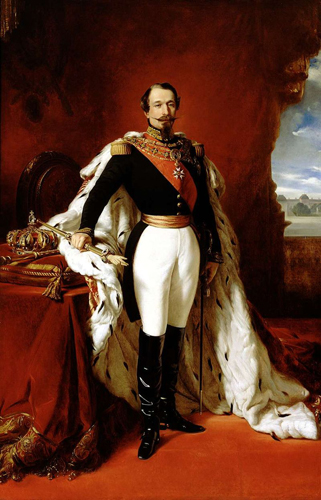
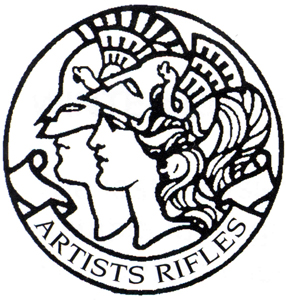
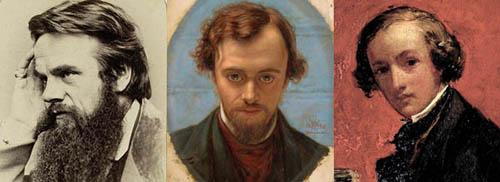


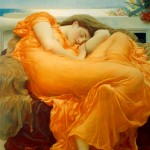
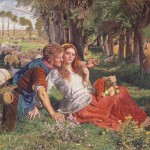
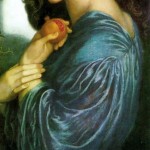
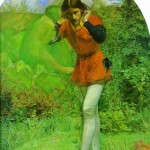
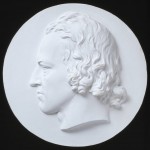
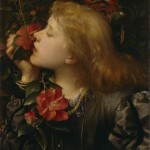
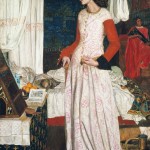
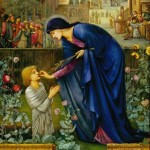
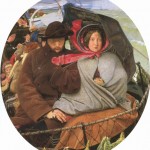
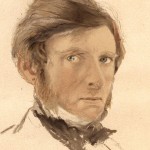
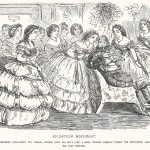
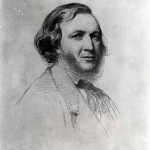
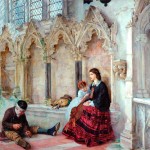
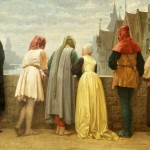
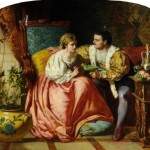
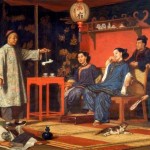
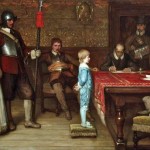
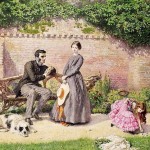
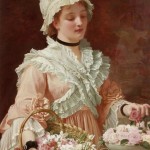
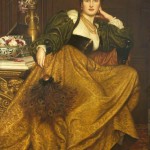
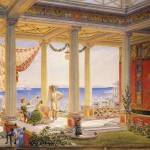
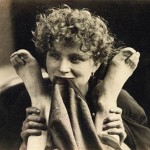
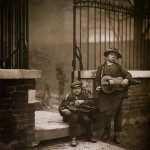
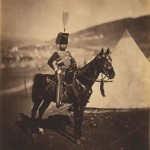










Pat – excellent! Reads beautifully and is a wonderful exposition on our marvelous Regiment. So much that I did not know. Well done!
How kind, Nick. The more one learns of it the more remarkable one realises that it was.